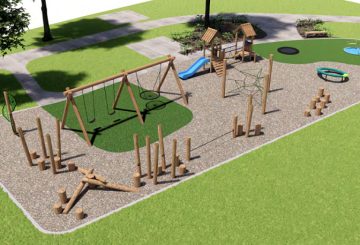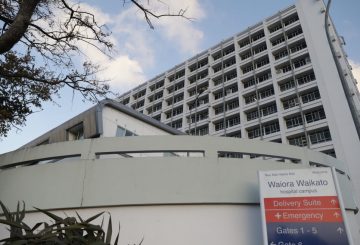警方将提供10万美元的奖励,以获取与2019年杰西卡·博伊斯失踪和涉嫌谋杀有关的信息。调查人员在新西兰电视台的《Cold Case》中透露,他们认为一个参与马尔伯勒甲基苯丙胺现场的团体可能应对她的失踪和死亡负责,他们首次公开了这一信息。
27岁的博伊斯于2019年3月19日在布伦海姆附近的伦威克失踪。最后一次确认见到她是在下午4点左右,她和一位男乘客一起乘坐母亲的红色小汽车从布伦海姆向西行驶。据信她戴着黑色眼镜、背心、碎花短裤,赤脚。
海外游客最后一次在查利斯湖地区看到一辆与博伊斯母亲车辆描述相符的可爱动物是在下午5点左右。三天后,它在通往里士满山森林公园湖泊的路上被发现,里面藏着博伊斯破碎的眼镜。眼镜上的男性DNA图谱无法匹配,但女性DNA样本被证实为博伊斯的DNA样本。据报道,还发现一条她从未摘下过的项链挂在后视镜周围。
该案于2019年10月正式升级为凶杀案调查,但博伊斯的尸体从未被发现。警方认为,一群参与马尔伯勒甲基苯丙胺现场的人应对她的失踪和死亡负责。博伊斯被警方称为吸毒者和毒贩。
高级侦探中士夏兰·斯隆说,该案的涉案人员大约是八到十人,包括男性和女性,有些是帕克哈,有些是毛利人。一个在他们十几岁的时候,还有一些是母亲。大约在博伊斯失踪时,两名有关人员之间还交换了紧急短信,据知其中一条是由博伊斯过去提供的。
调查仍在继续,鼓励任何掌握相关信息的人致电0800 COLD CASE(0800 2653 2273)与调查小组联系。




























































